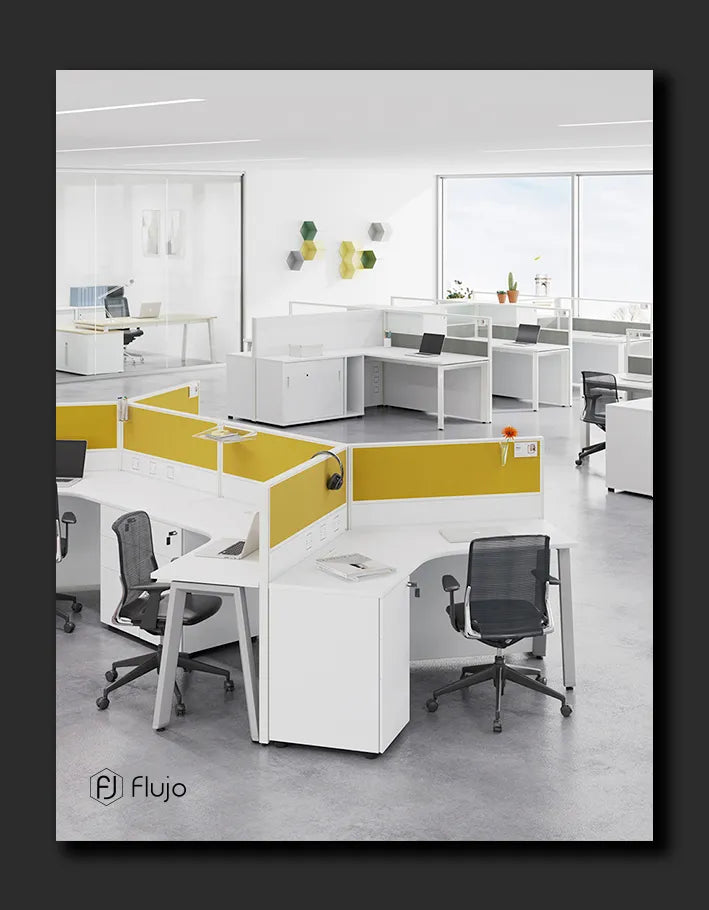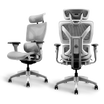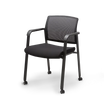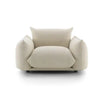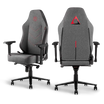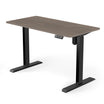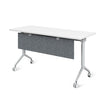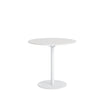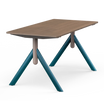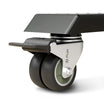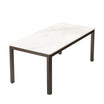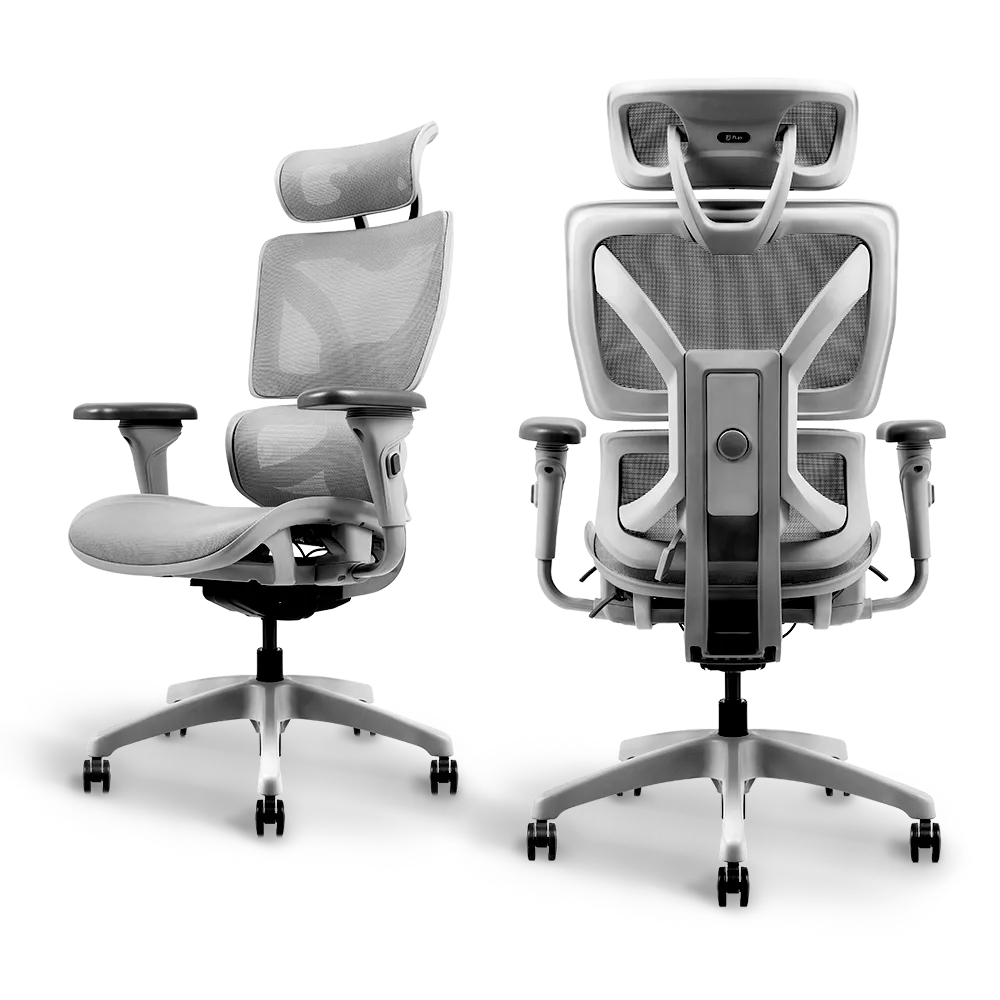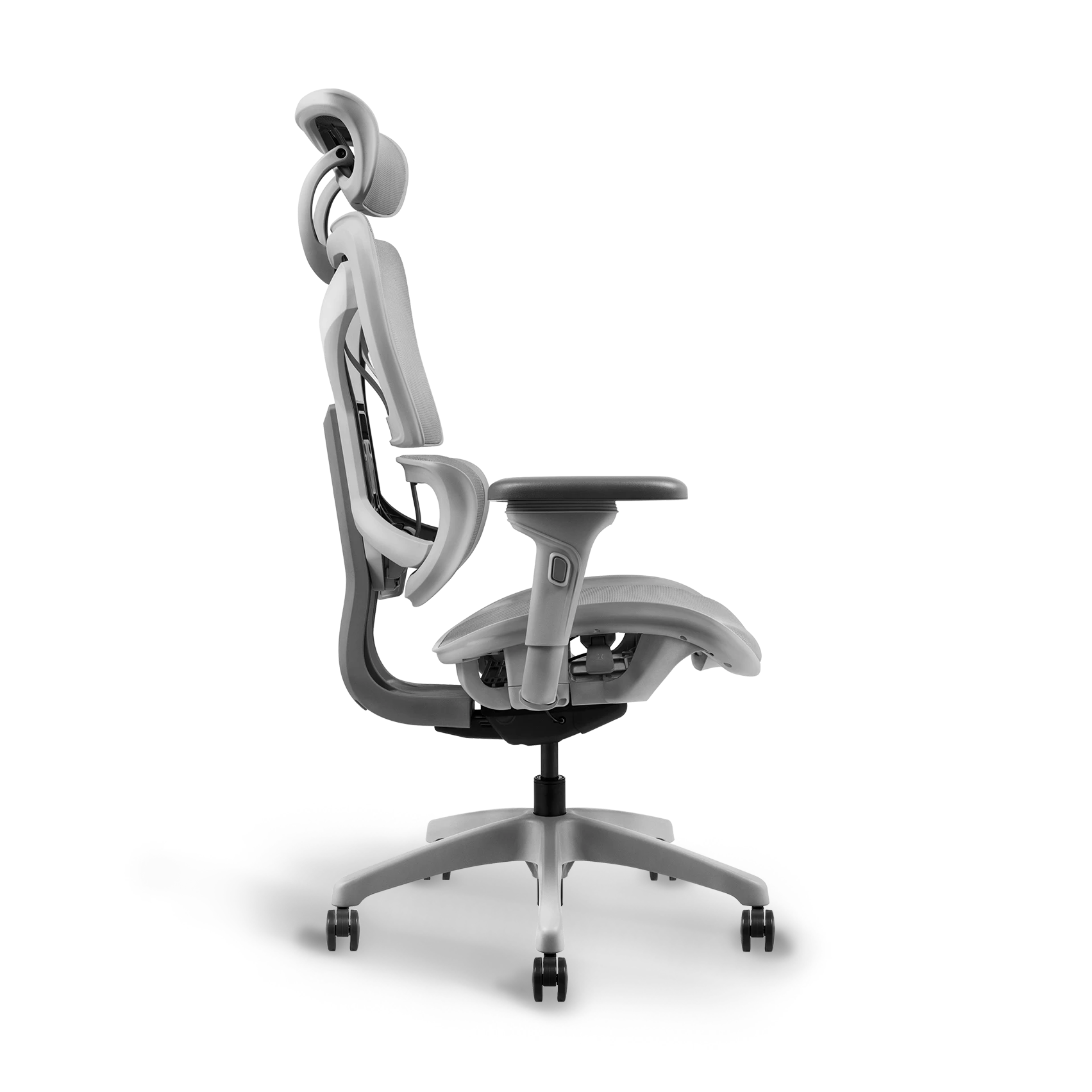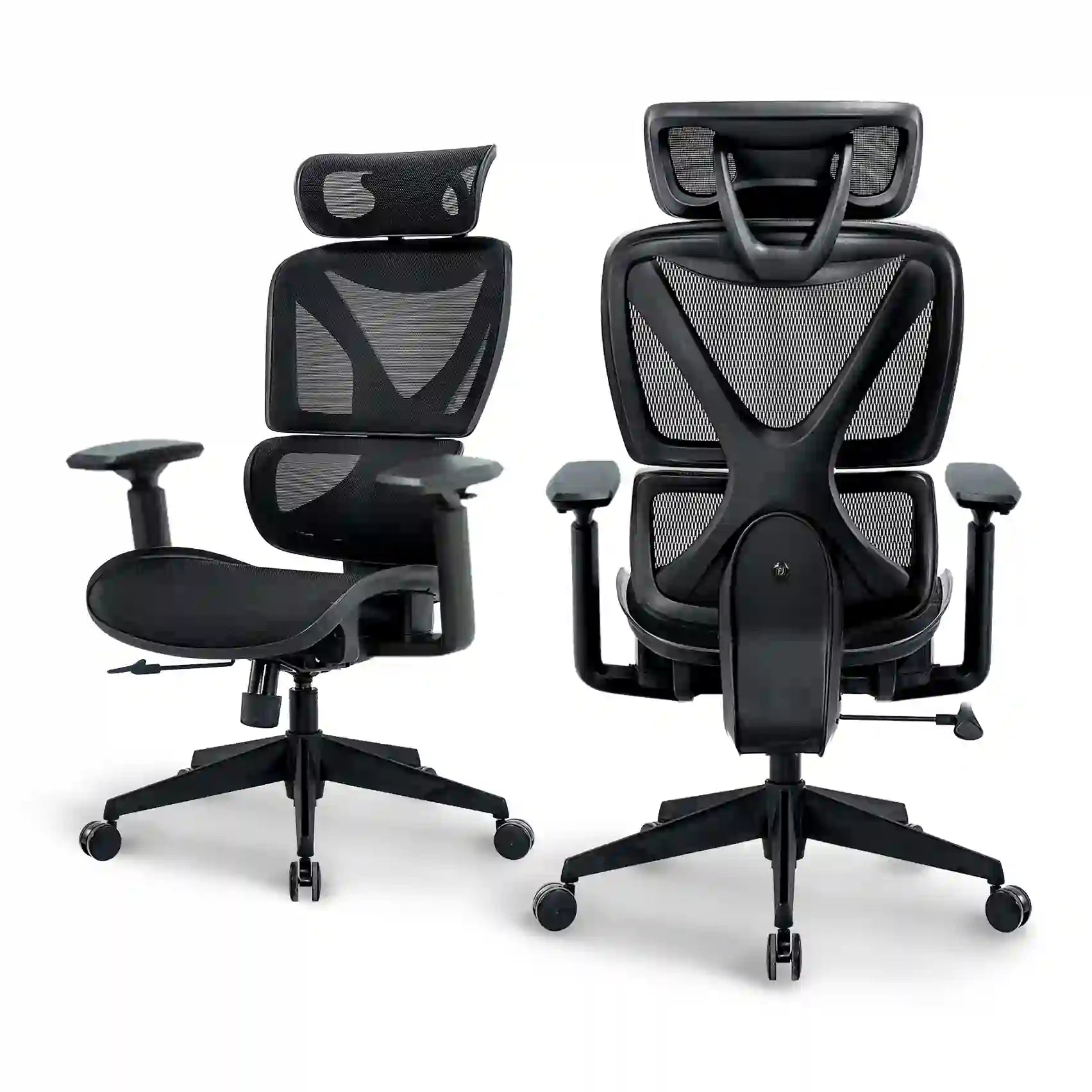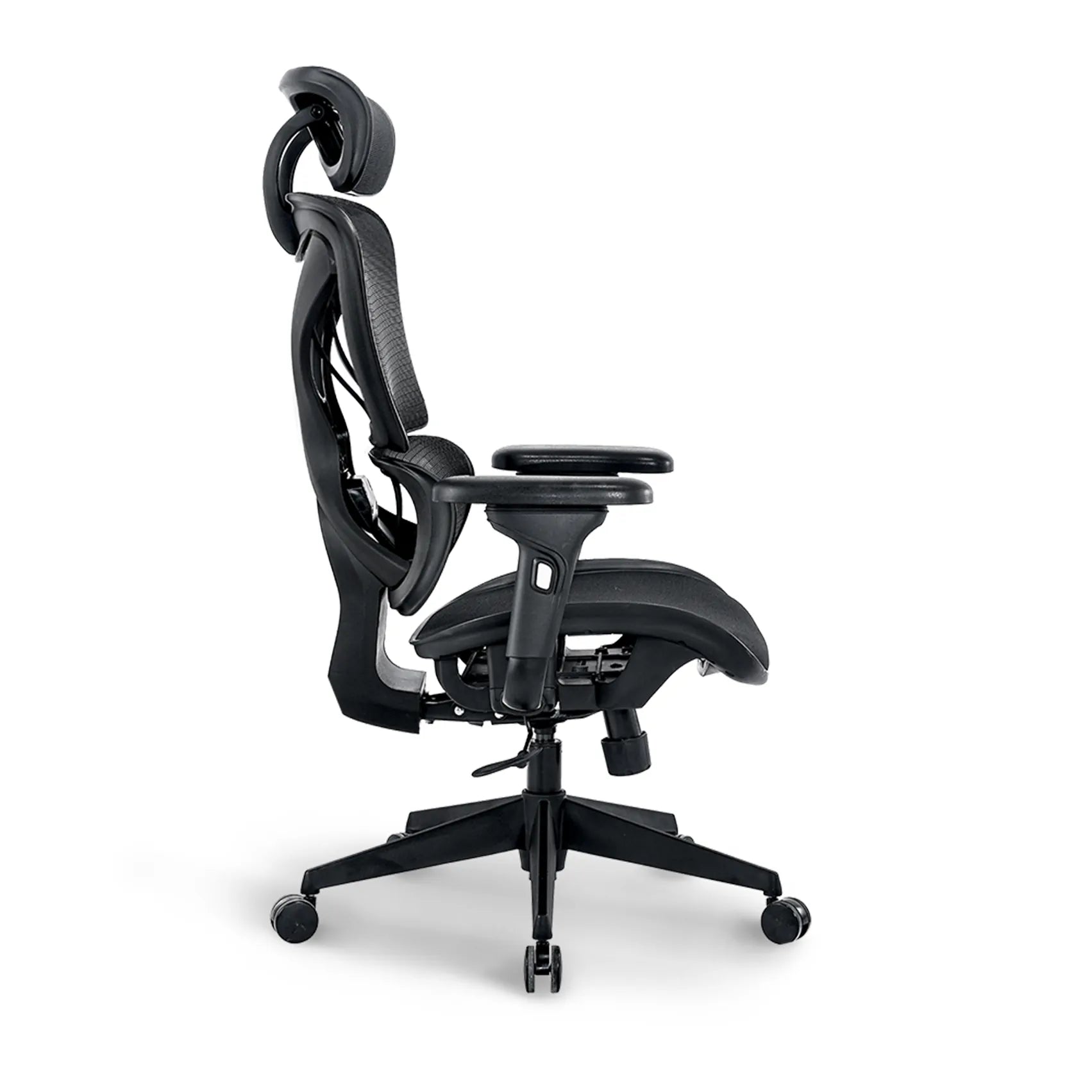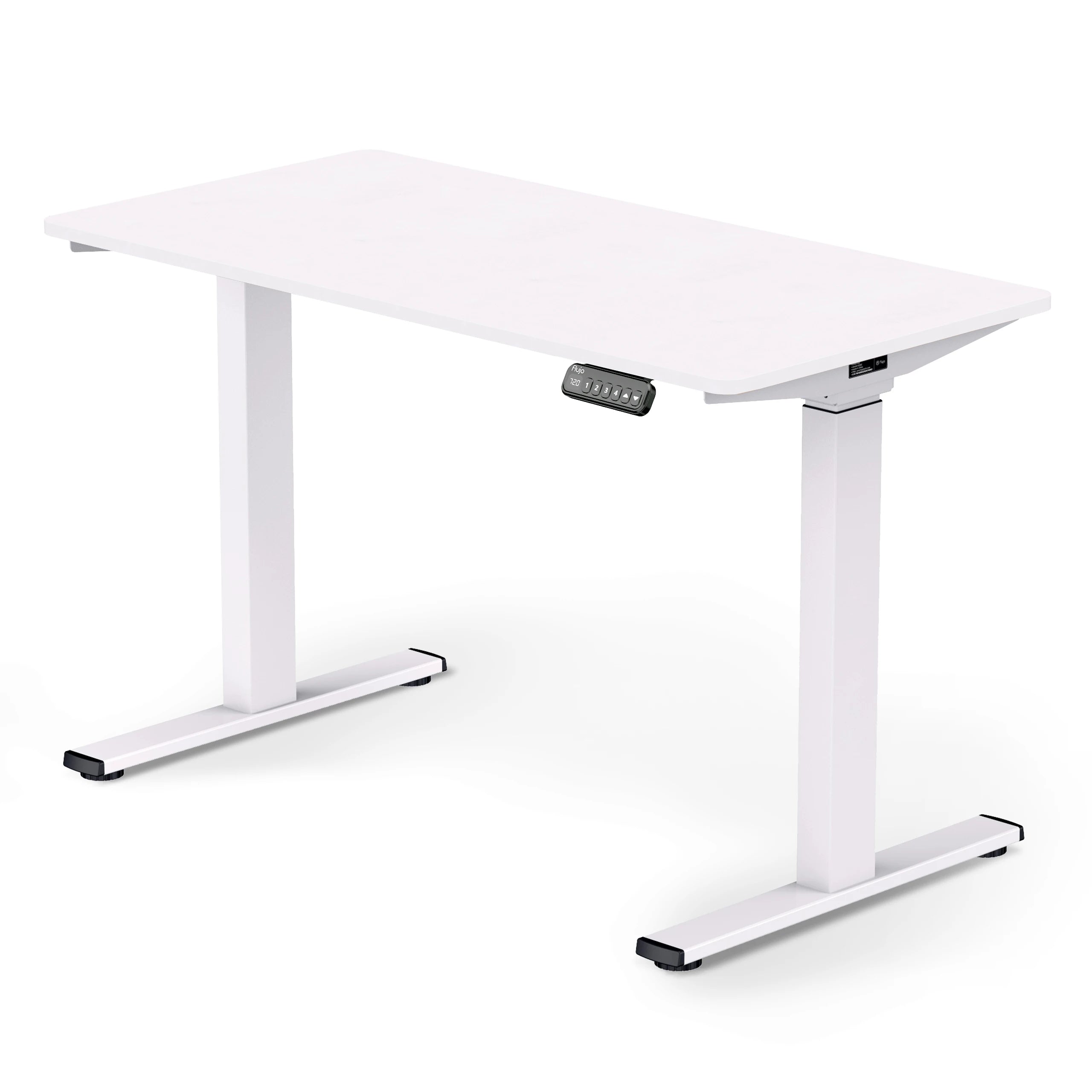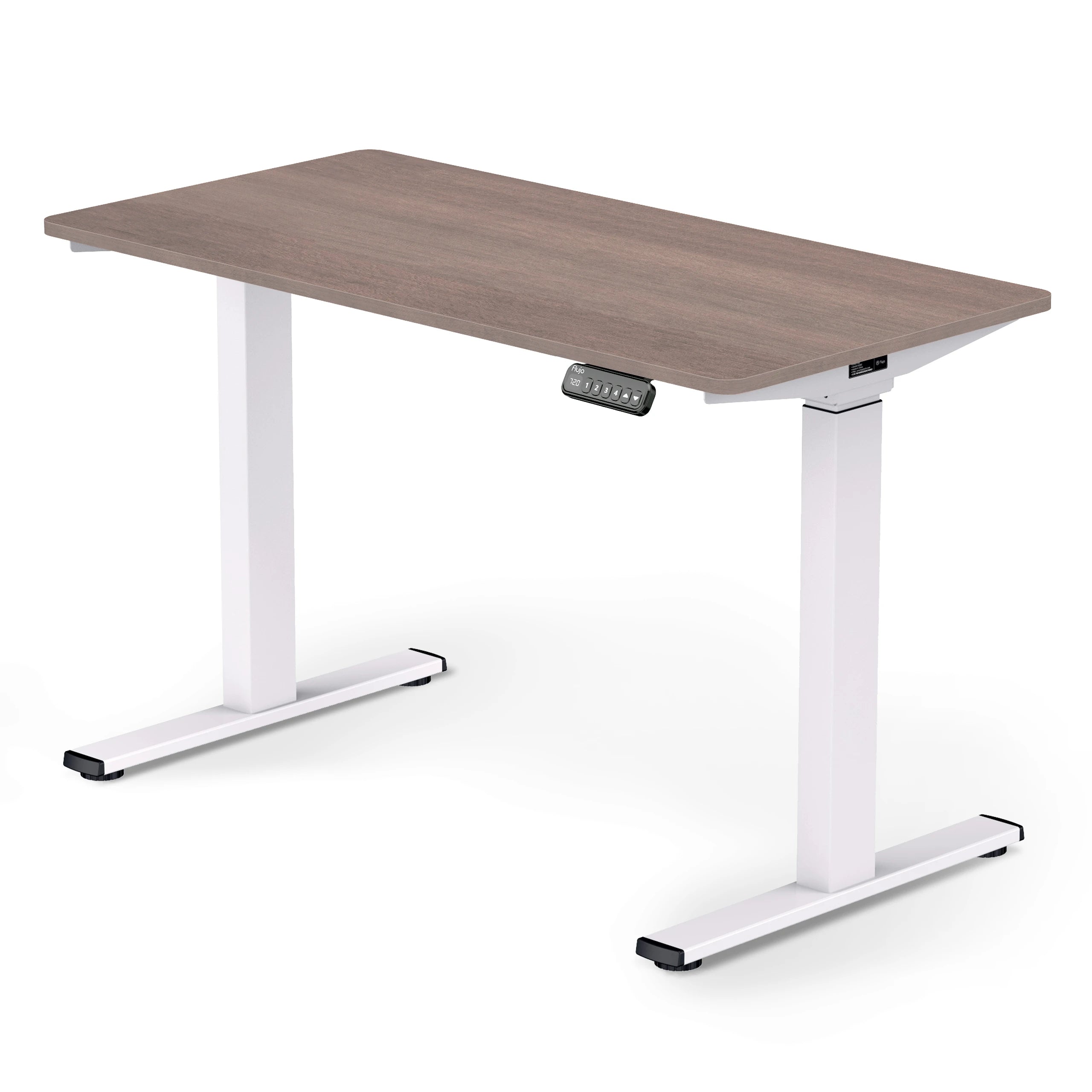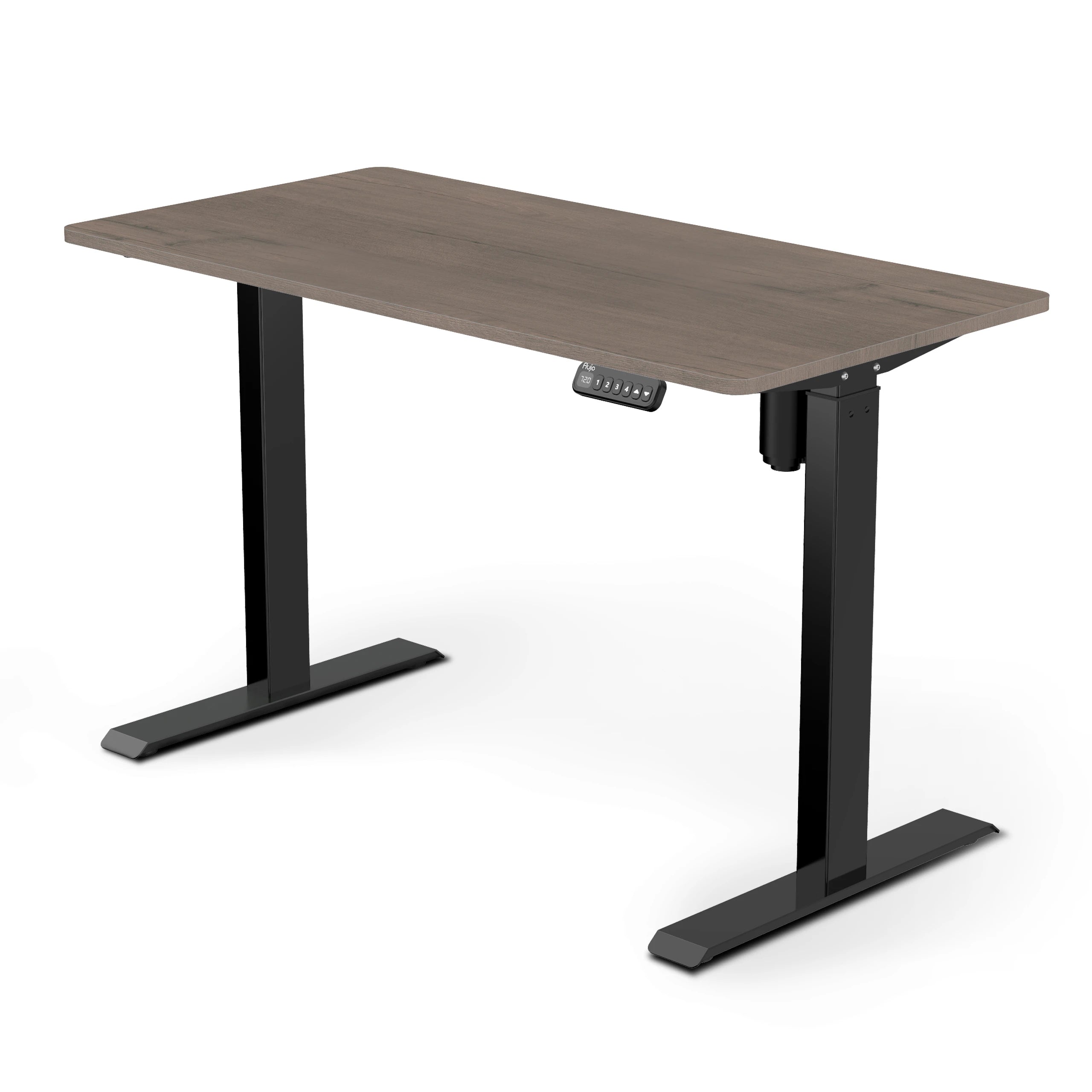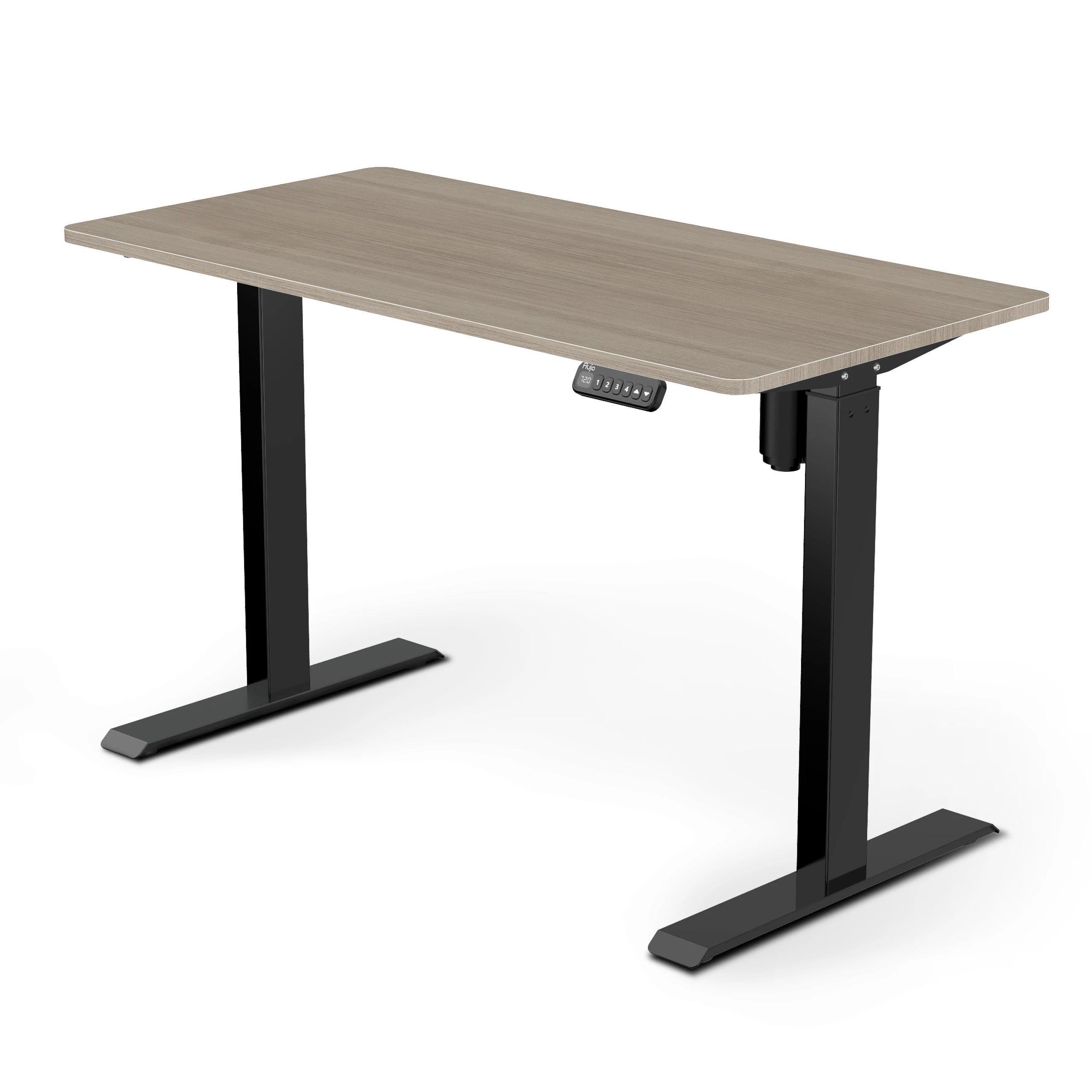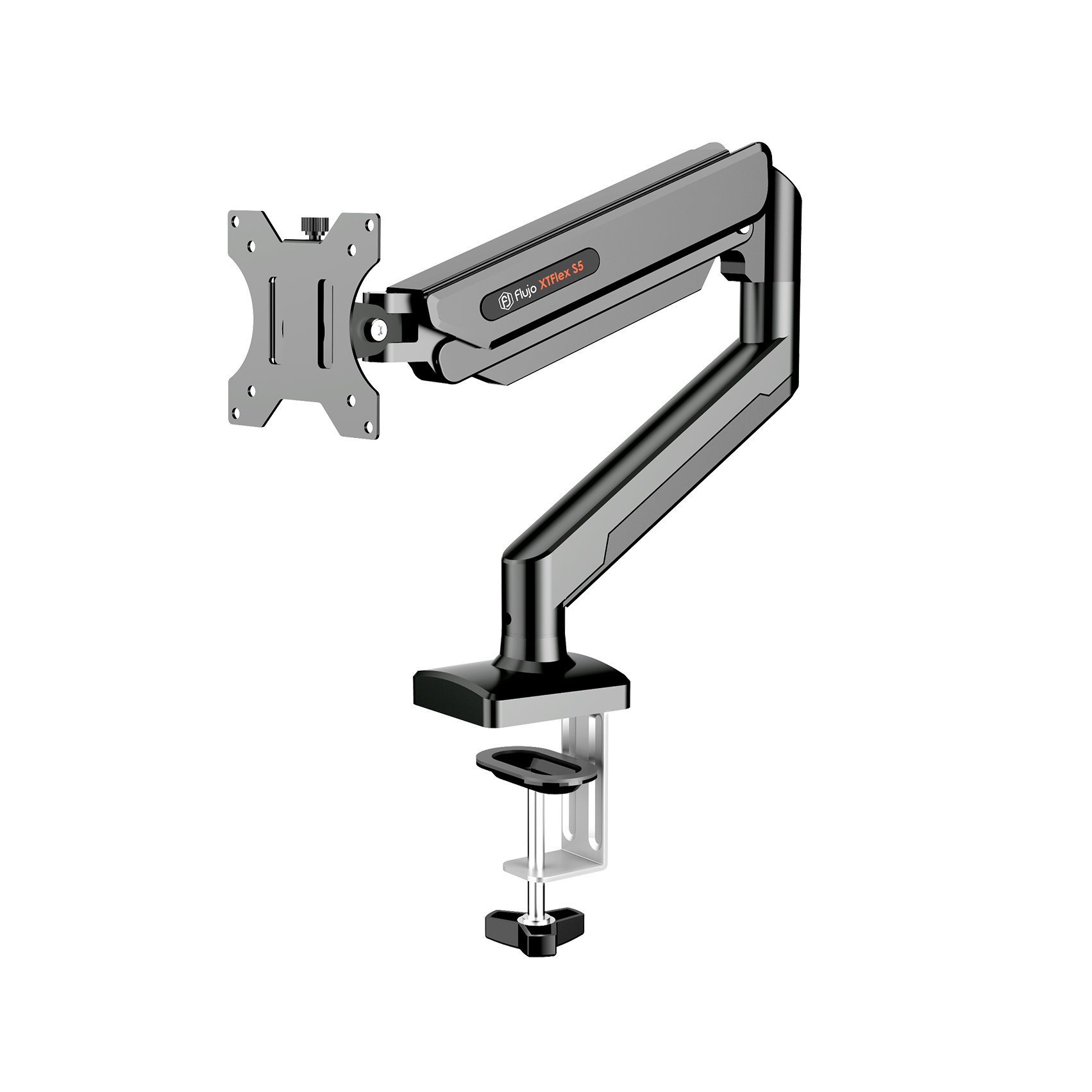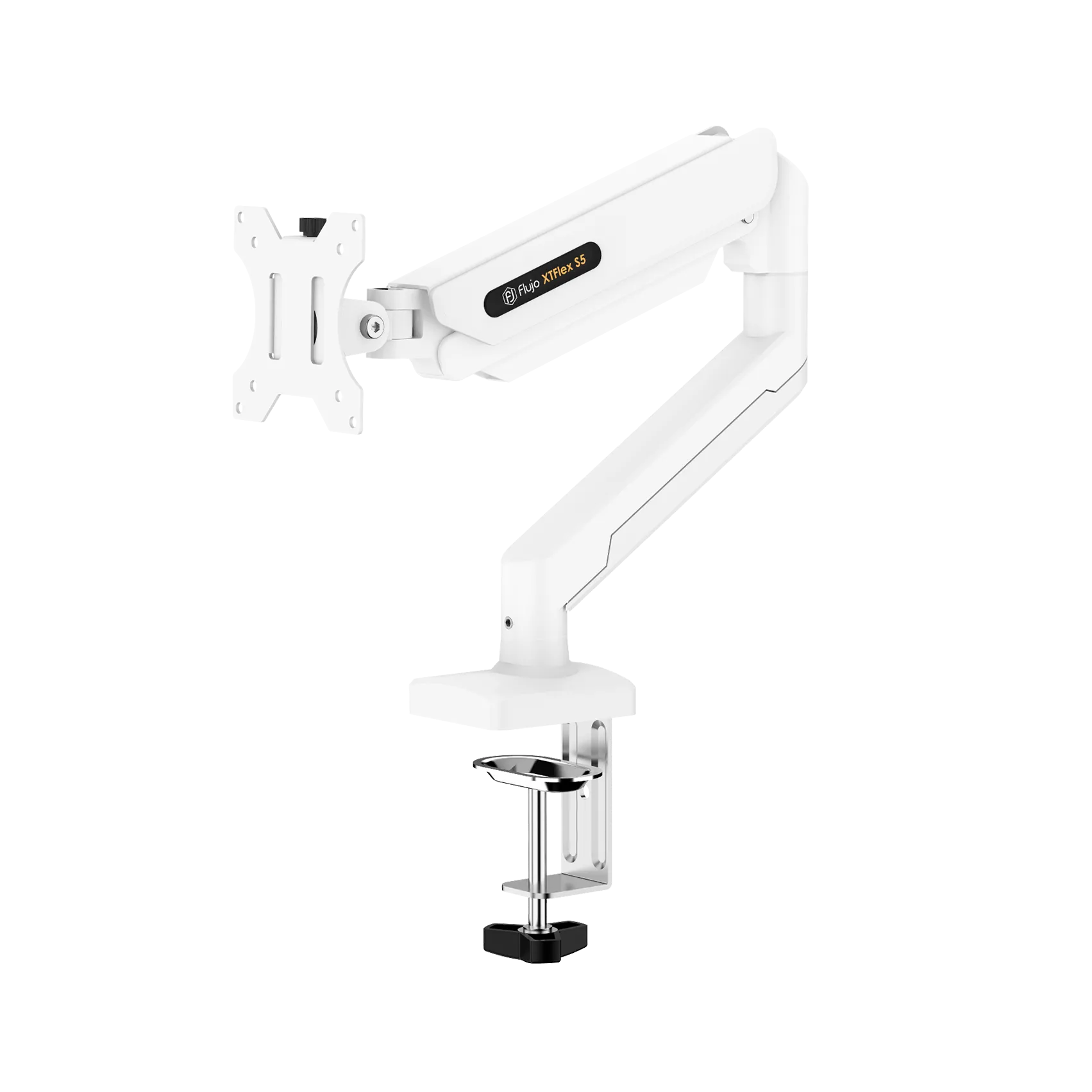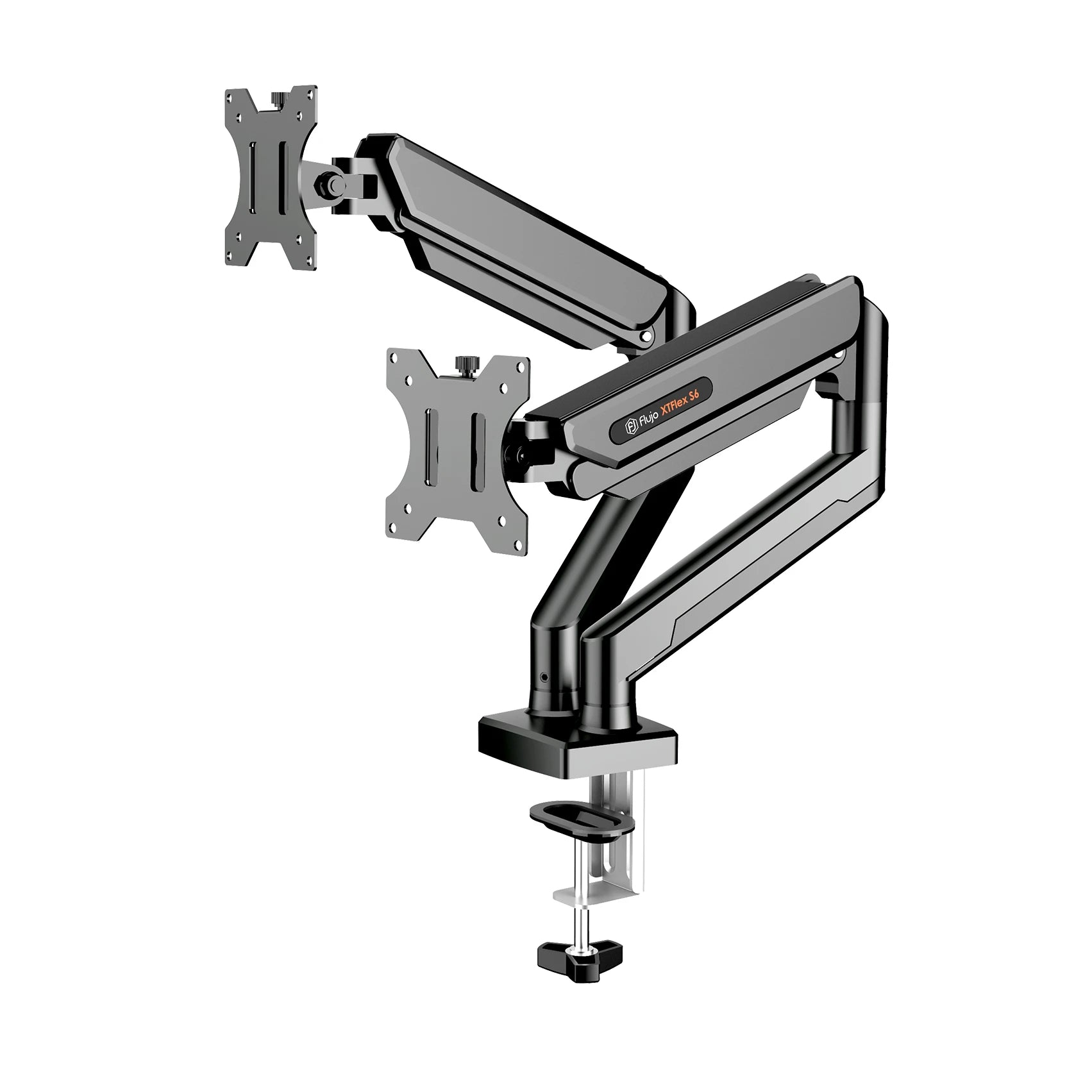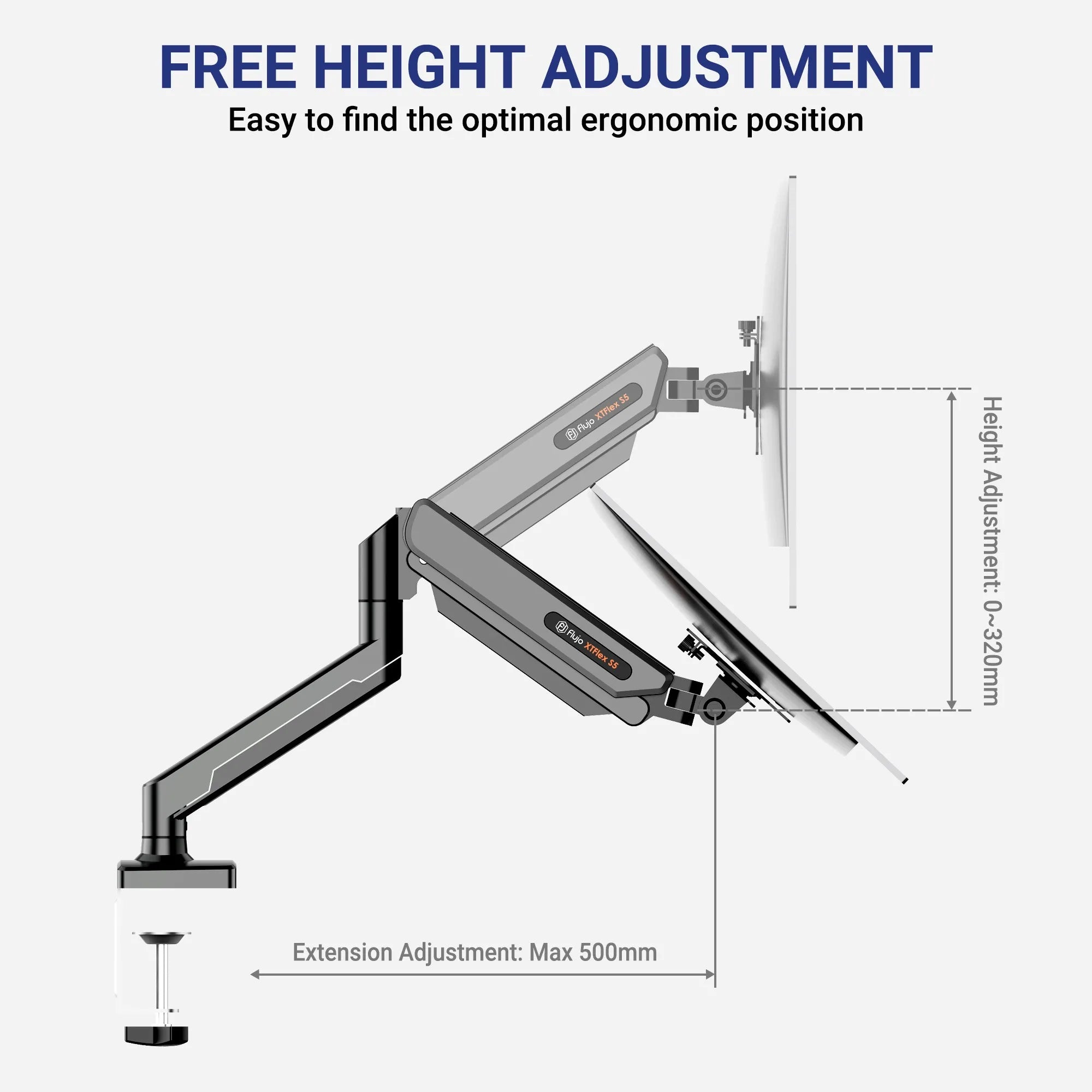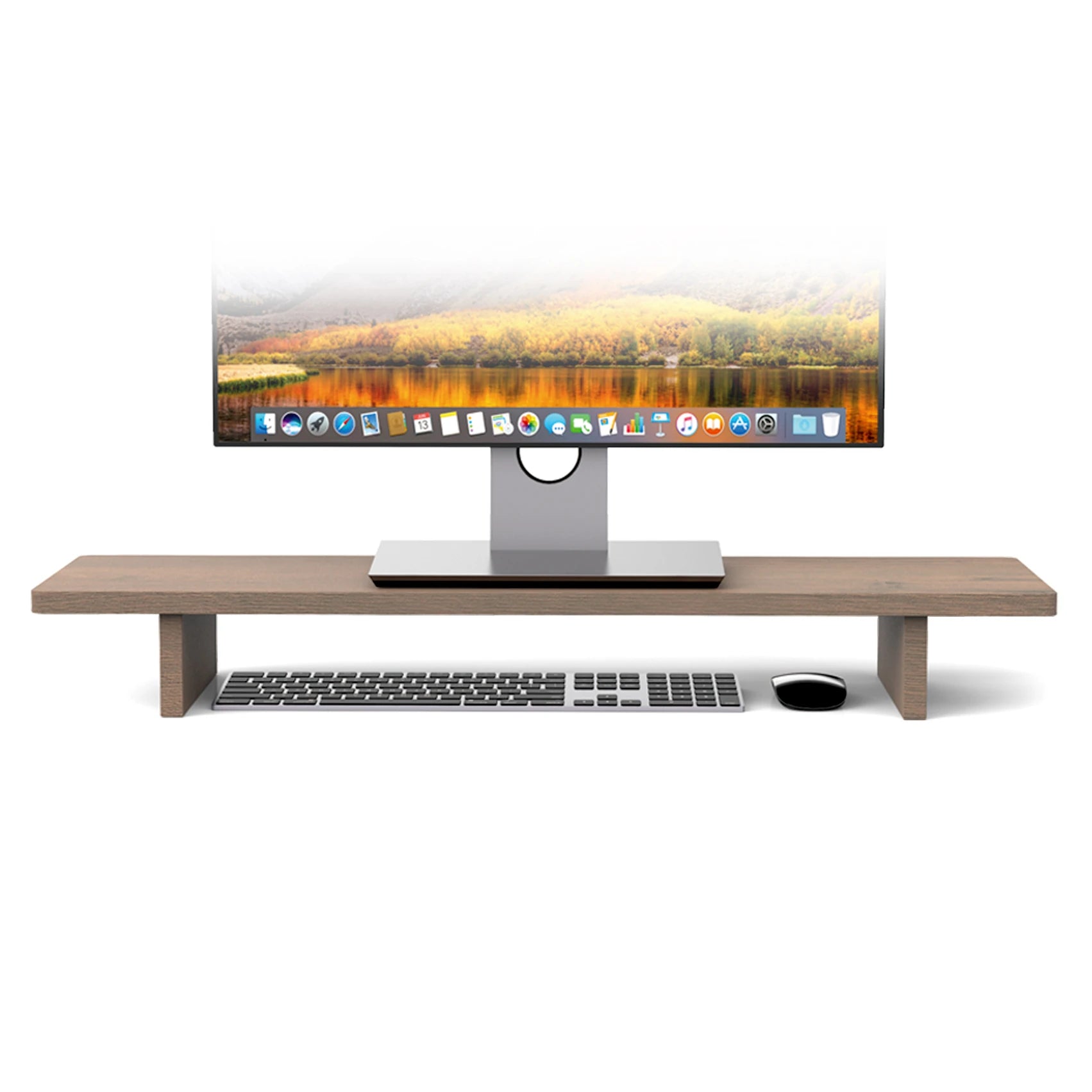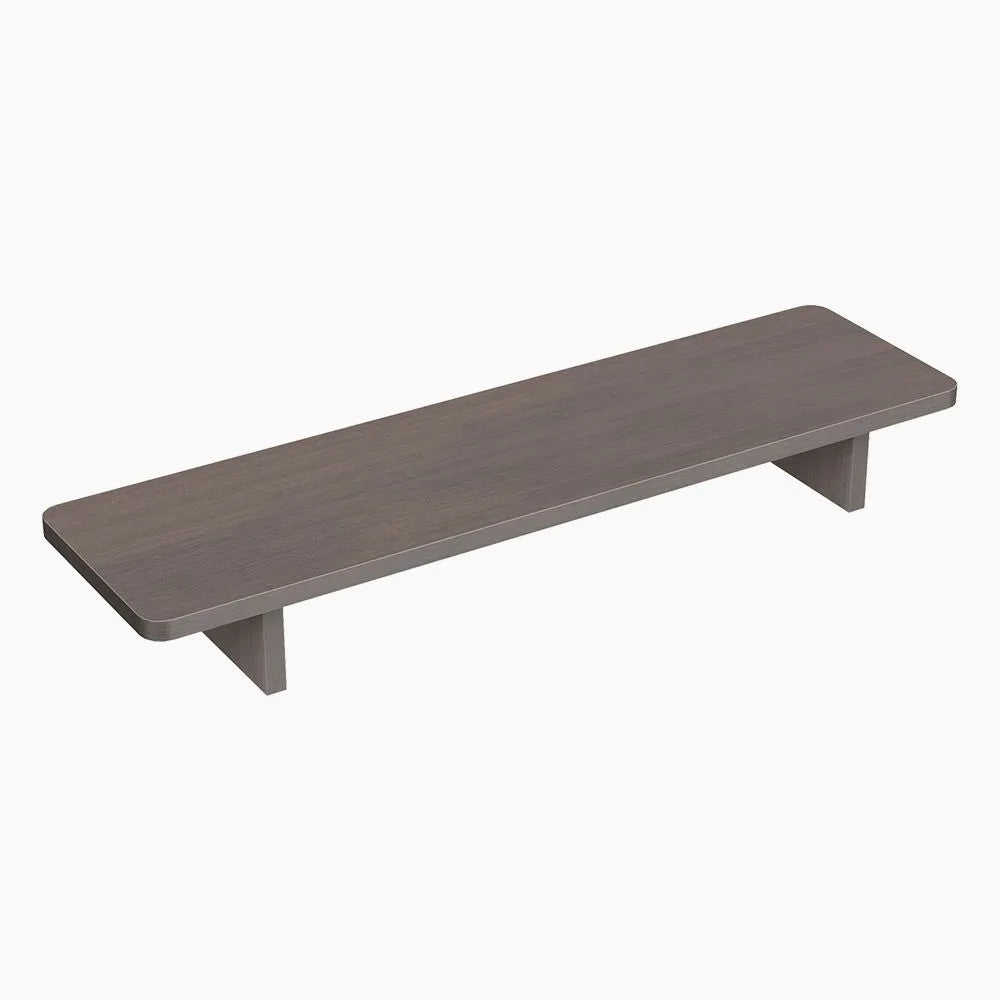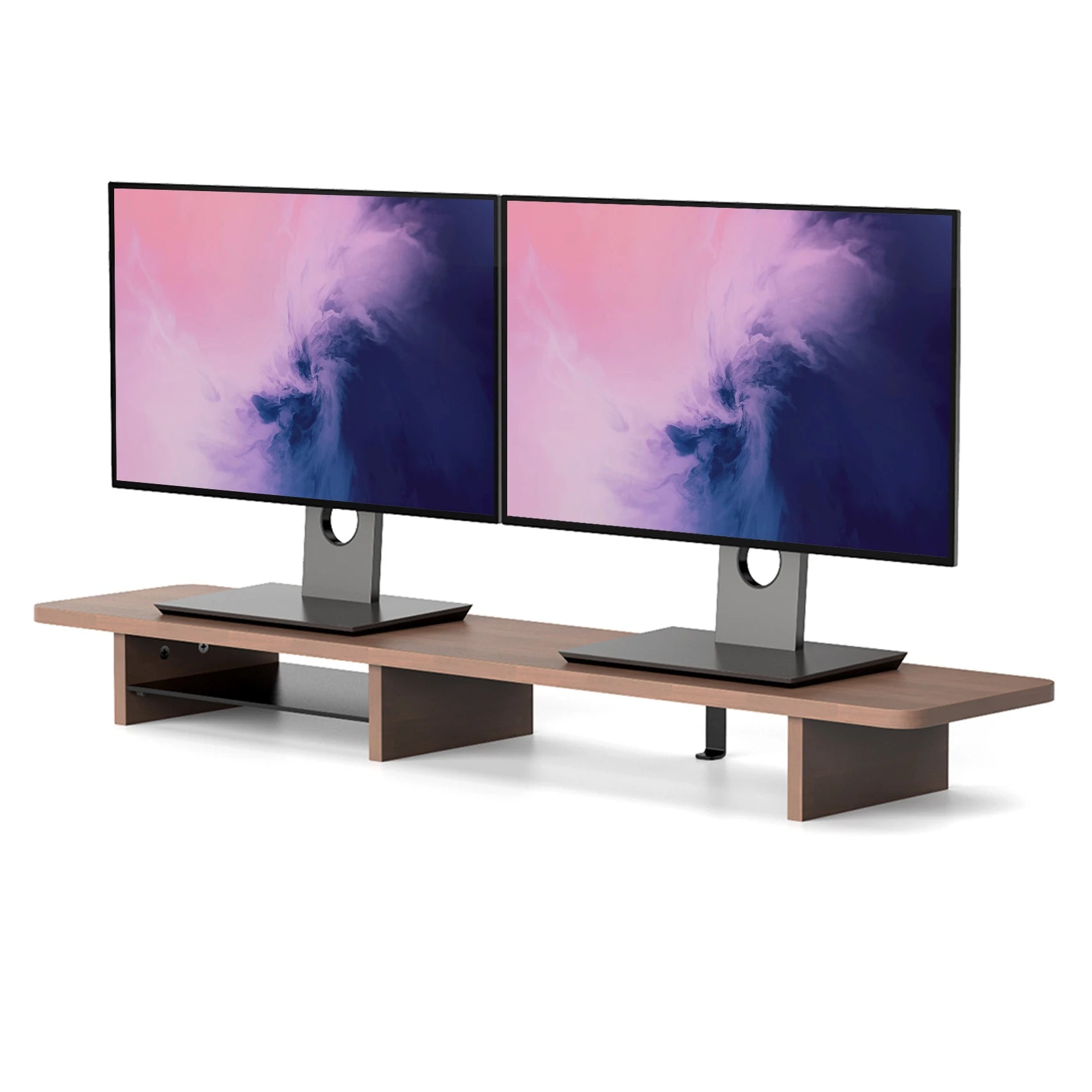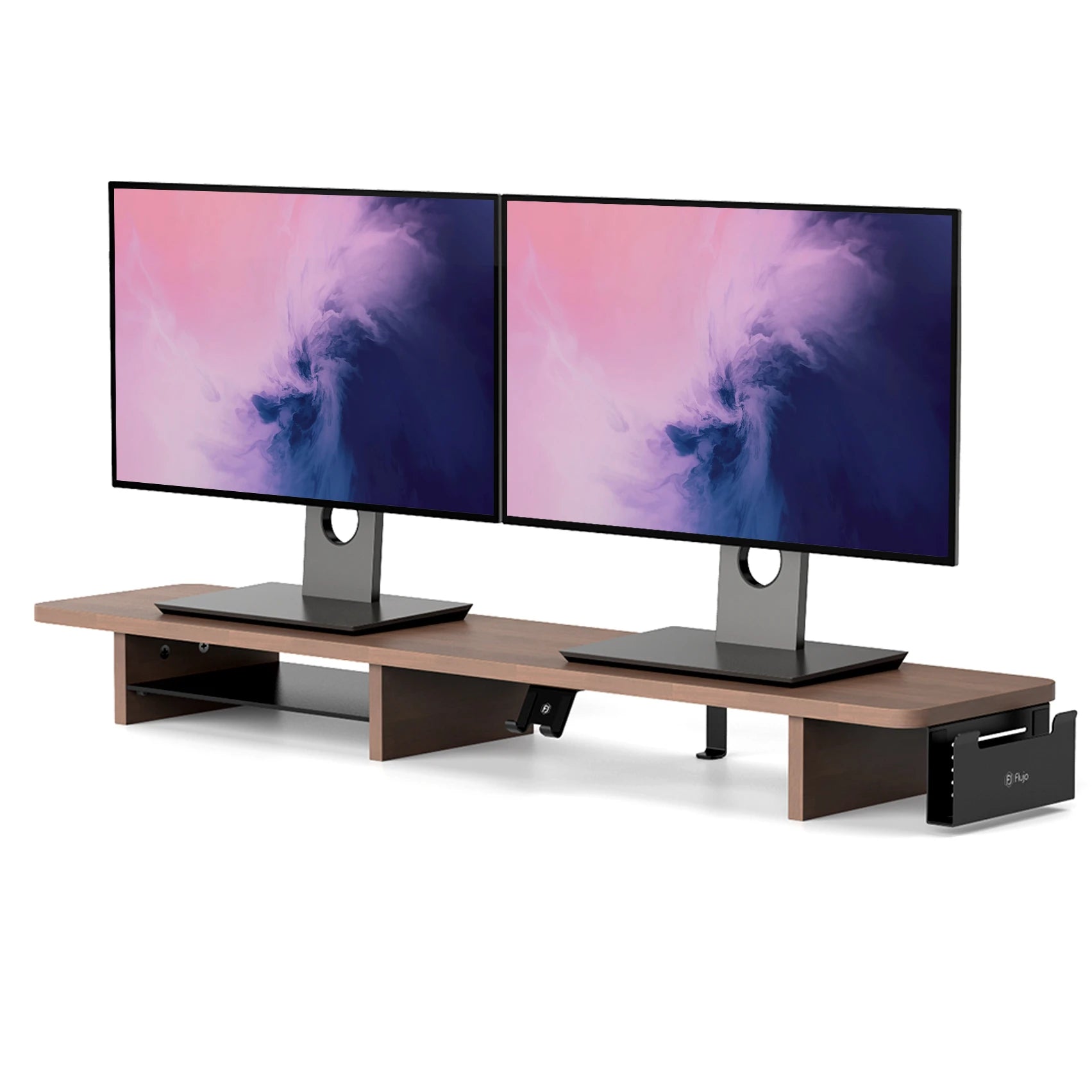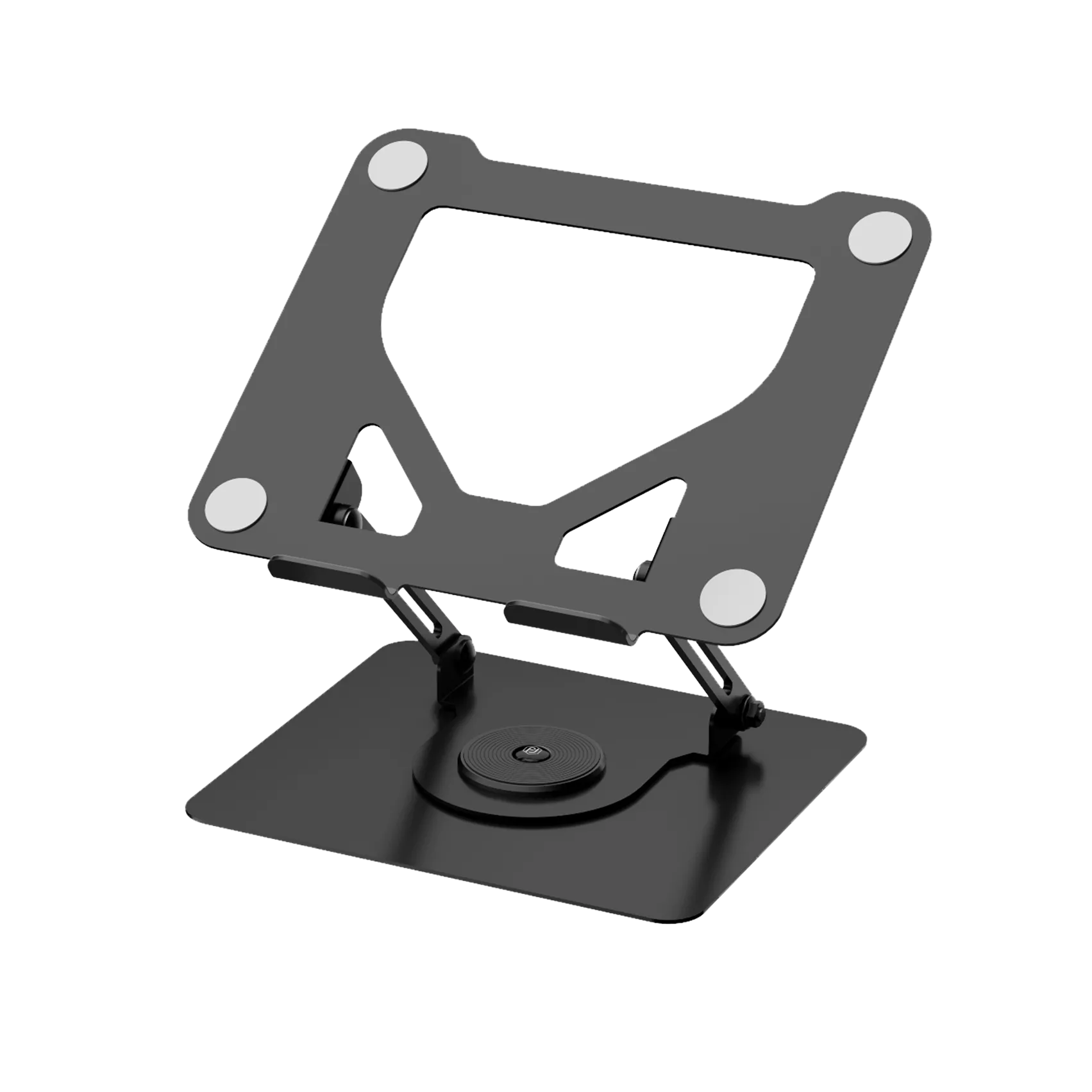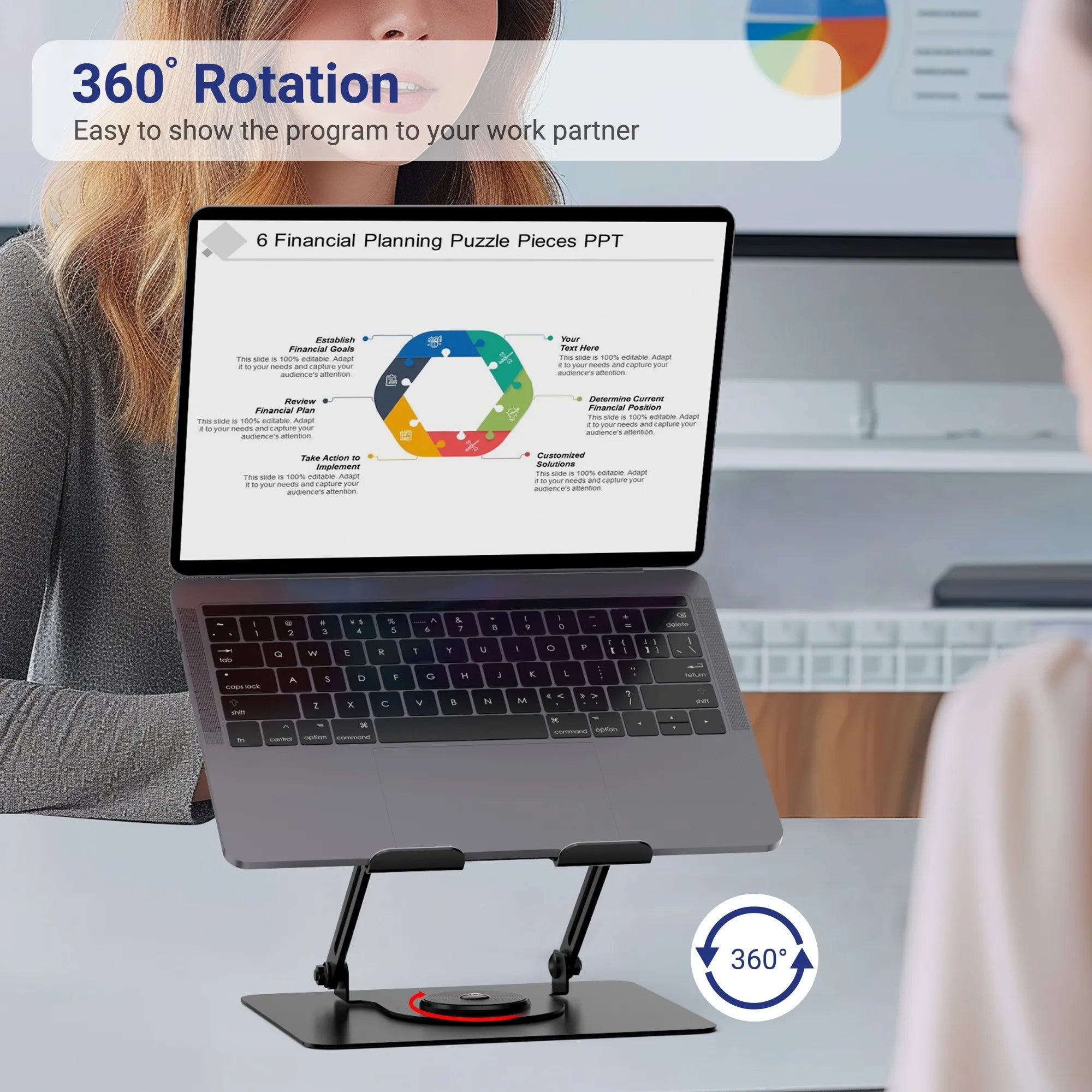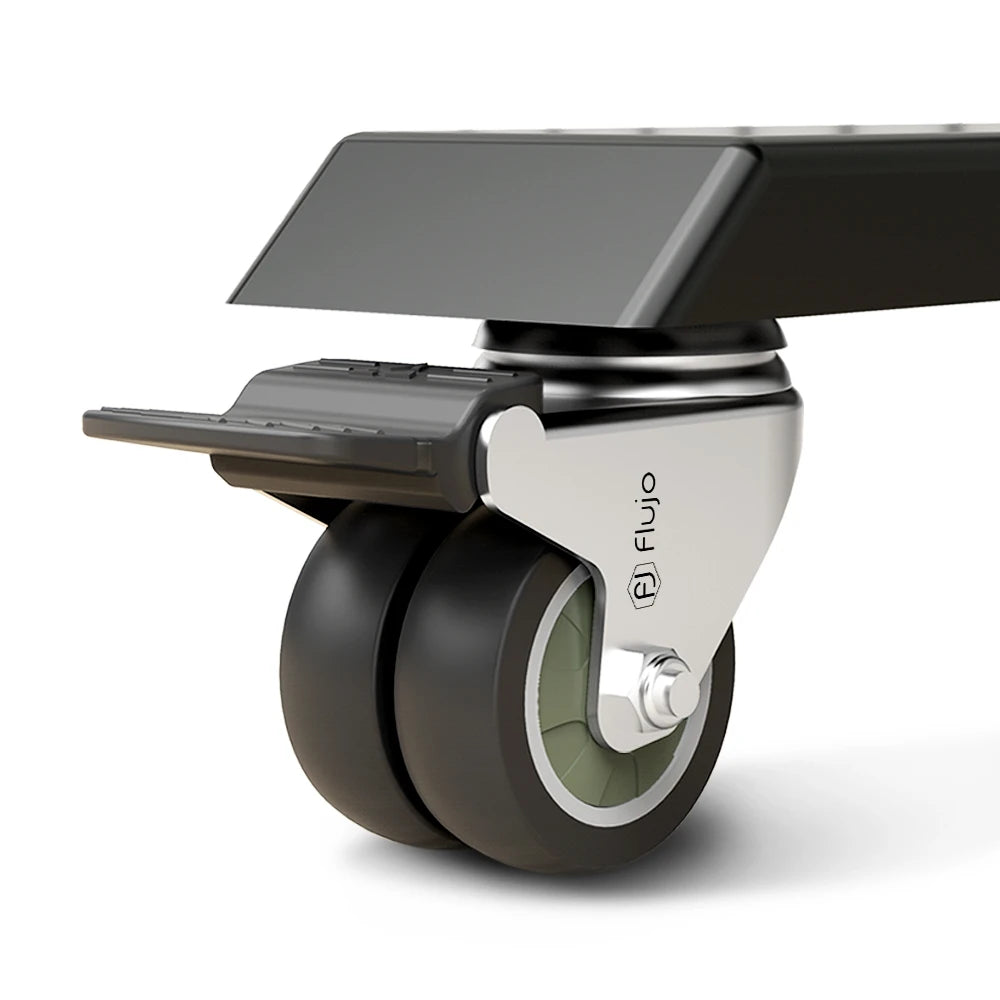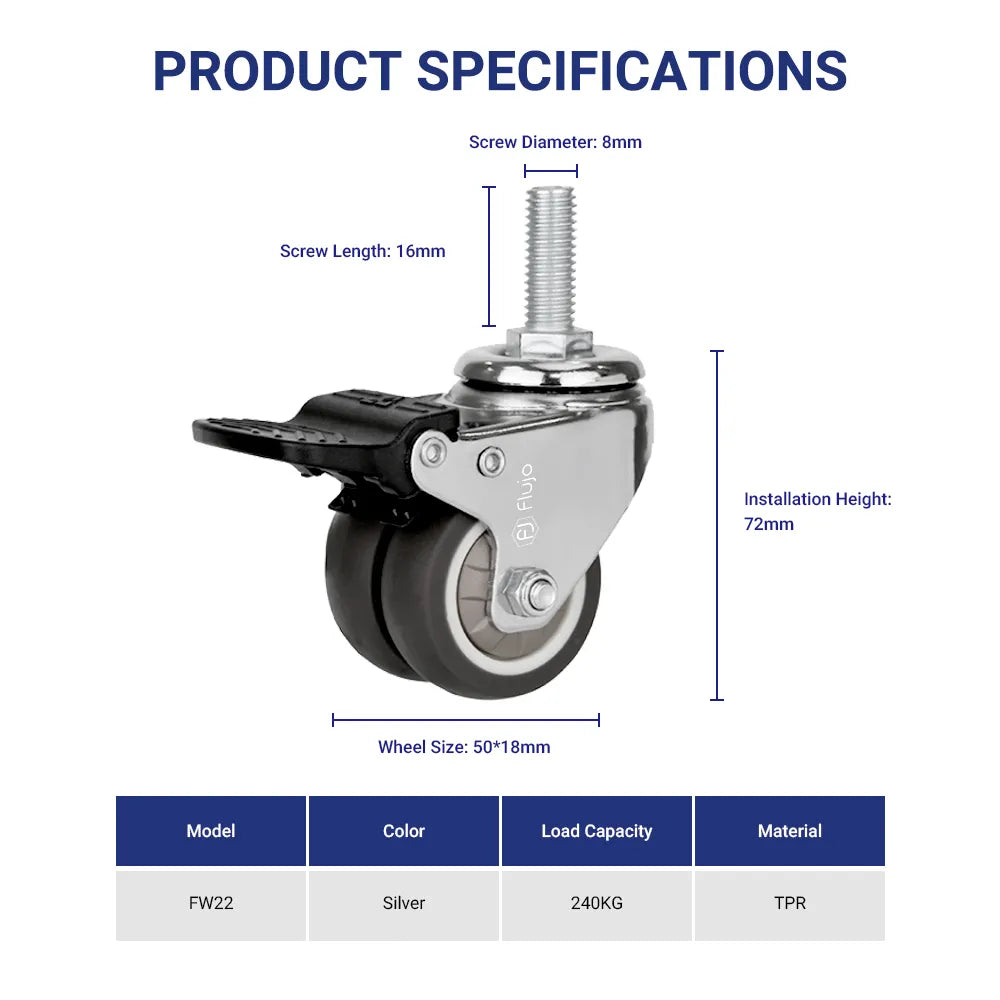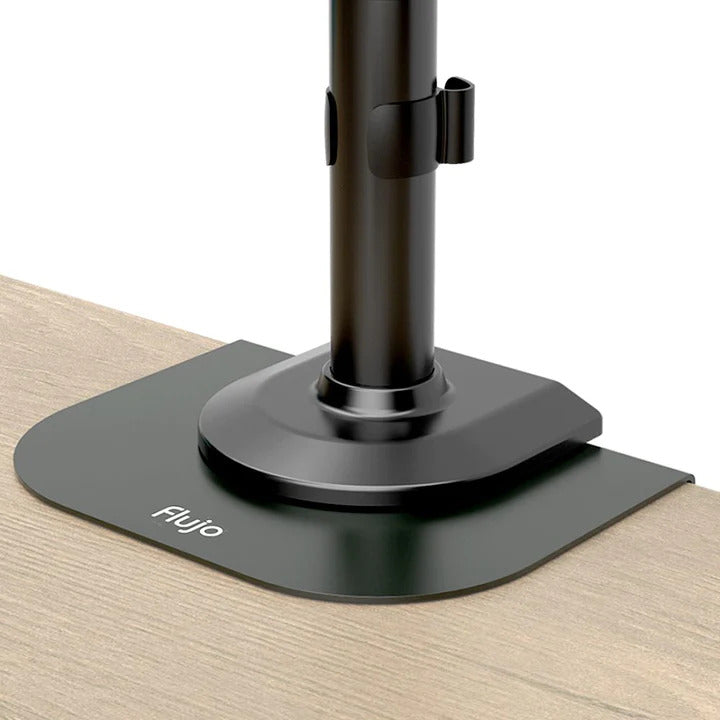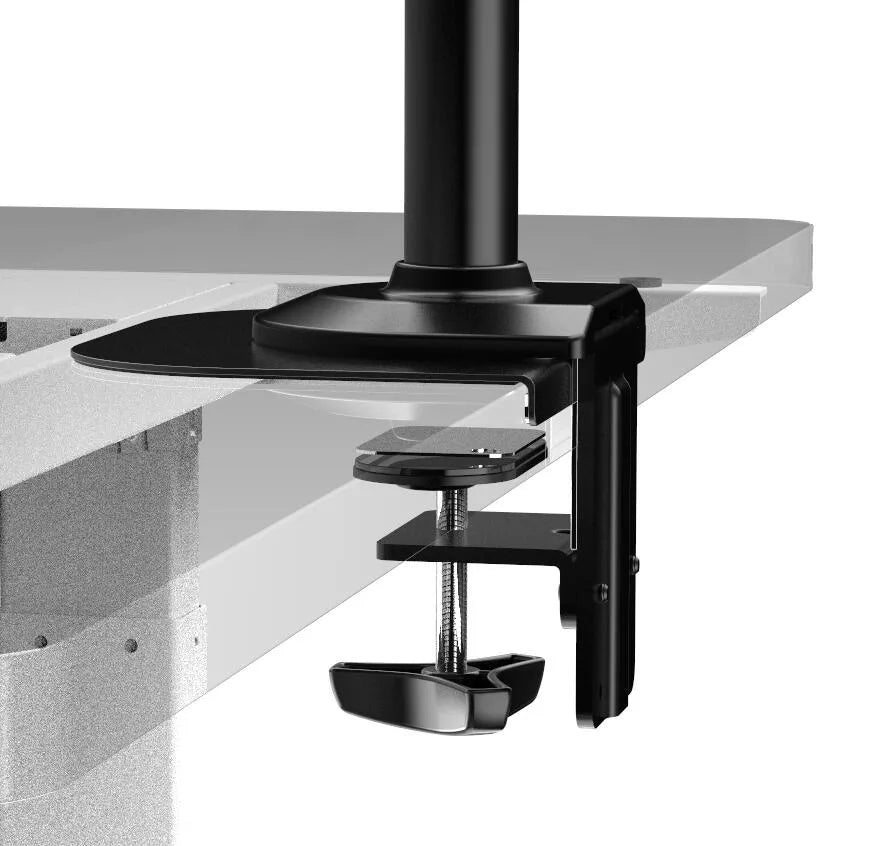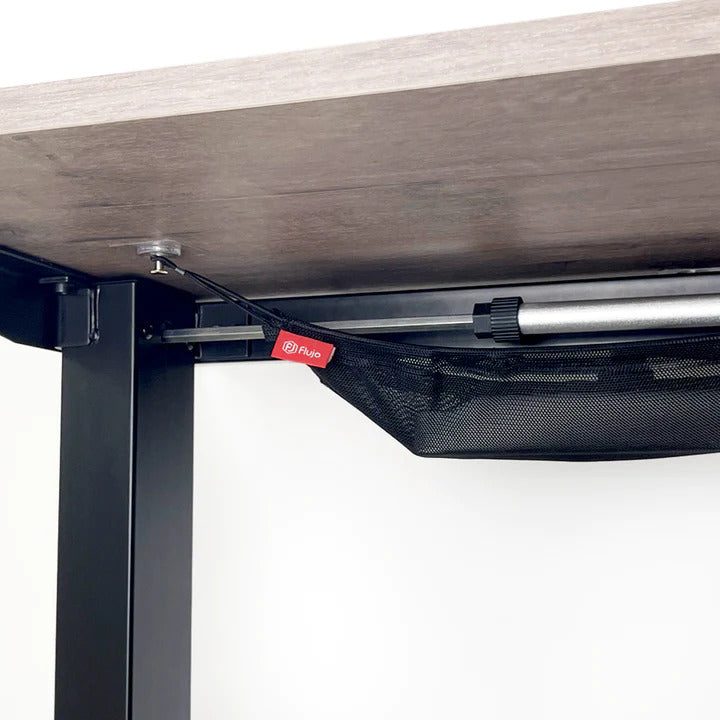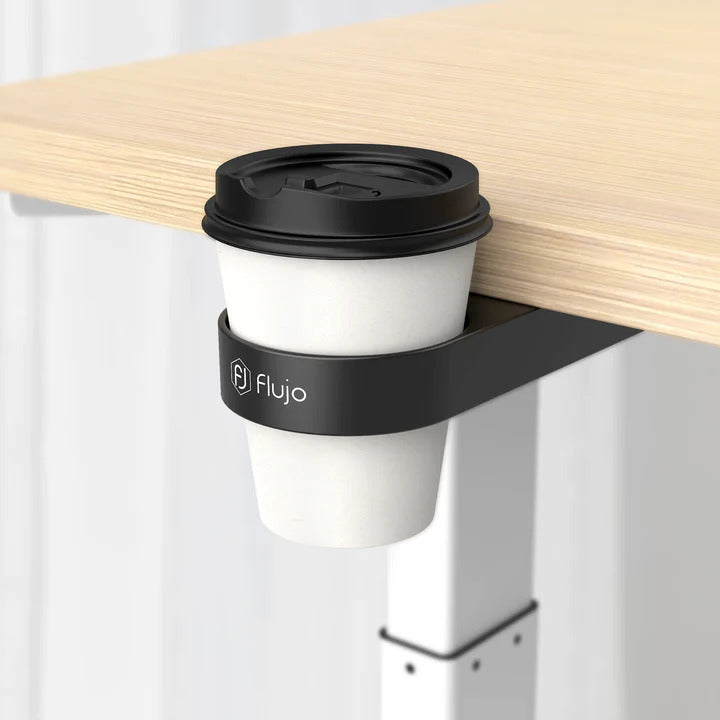Standing Desk : From Skeptic to Convert My Month Long Journey
Introduction
Ever had one of those moments when the latest trend floods your social media feed, and you roll your eyes thinking, “Oh, not another fad ?" That was me with the ergonomic standing desk. Everywhere I turned – Instagram stories, LinkedIn posts, even over Zoom calls – there it was, silently mocking my skepticism. Was standing really the new sitting? Was the chair beneath me, a trusted companion through countless work hours, now suddenly a relic of the past?
Sure, the idea of standing all day as I typed away seemed novel. But there were questions swirling in my head. Could it genuinely boost productivity? Would it help with that annoying afternoon slump? Or was this just another well-marketed gimmick destined to fade away in a few months?
The Rise of the Ergonomic Standing Desk
The ergonomic standing desk isn't just a passing fancy of the modern-day office; it seems to have anchored itself firmly in the corporate realm. Once confined to the avant-garde corners of Silicon Valley, today, from co-working spaces in bustling cities to home offices in quiet suburbs, the standing desk revolution is ubiquitous. You've likely seen that picture-perfect Instagram post – a sunlit room, a neatly organized standing desk, a succulent or two for good measure, and a caption raving about the energy boost it offers.
But why this sudden upsurge in its popularity? The answer, interestingly, has its roots in science. Recent studies have begun to shed light on the perils of a sedentary lifestyle. The World Health Organization lists physical inactivity as the fourth leading risk factor for global mortality, causing an estimated 3.2 million deaths globally. Such daunting statistics turned the spotlight onto our everyday habits, especially the long hours we spend seated.
Researchers have warned about the 'sitting disease,' pointing out the links between prolonged sitting and a host of health issues, from obesity and heart disease to diabetes and even certain types of cancers. The call for reducing sedentary behavior isn't merely about standing; it's about integrating movement into our day. The ergonomic standing desk seems to offer a solution. By allowing flexibility between sitting and standing, it's not just a piece of office furniture; it's a response to a growing health concern.
Week 1: The Adjustment Phase
Day 1: The box arrived, sleek and promising, as if holding inside it the secret to boundless energy and creativity. As I unboxed and set up my new ergonomic standing desk, I felt a mix of childlike excitement and the slight apprehension of an adult trying something new. With the desk finally in place, the first few hours felt invigorating. Standing seemed to give me a different vantage point, both literally and metaphorically. My shoulders felt less cramped, and my back straighter. But as the day wore on, I began to wonder: had I jumped onto this trend without fully grasping its implications?
By Day 3: The novelty of Day 1 had faded, giving way to the reality of aching calves and a longing glance at my now redundant chair. Each time I felt a tinge of discomfort, I'd adjust the desk height, move around a bit, even do a small jig hoping to ease the strain. I missed the comfort of simply sinking into a chair and letting it support my weight. Standing, as it turned out, required more effort than I'd anticipated.
End of Week 1: A week into this experiment, and I had a few revelations. Firstly, and perhaps most surprisingly, my posture had indeed started to improve. Gone were the days of the infamous "afternoon hunch," where my back would curve, and I'd lean into the screen. I also noticed that the typical 3 pm slump, where my eyes would get heavy and my concentration would wane, was less pronounced. It wasn't a miracle, but it was definitely a noticeable change. The standing desk had presented its first set of challenges, but it was also starting to show its worth.
Week 2: The Research Dive
The Surprising Health Risks of Prolonged Sitting: Week two began with an unexpected twist: I found myself going down a research rabbit hole about the hazards of continuous sitting. It was staggering to learn how something as innocuous as sitting could have such profound health implications. Multiple studies linked prolonged sitting to obesity, high blood pressure, high cholesterol, and even increased risk of chronic diseases like heart disease and cancer. The phrase “sitting is the new smoking” was no longer a mere catchy slogan; it was rooted in some unsettling truths. This newfound knowledge provided a backdrop to my ergonomic standing desk journey, making the discomfort of the first week seem trivial in comparison.
Discovering the Correct Posture and Desk Height: To maximize the benefits of my standing desk, I realized it was crucial to get the ergonomics right. A simple online search revealed diagrams and guidelines: the screen should be at or just below eye level, elbows at a 90-degree angle, and wrists straight. Armed with a measuring tape and renewed determination, I made slight adjustments to my setup. These tweaks, albeit minor, made a significant difference in my comfort levels.
The Advantages of Intermittently Switching Between Sitting and Standing: By mid-week, it became clear that the key wasn’t just to stand but to incorporate movement into my routine. Alternating between sitting and standing provided a balance, ensuring I reaped the benefits of both postures. I’d stand for about 30 to 45 minutes, then sit for a while, repeating this cycle throughout the day. This approach kept me active, reduced fatigue, and also helped in maintaining focus and productivity.
Week 3: The Halfway Verdict
Personal Changes Observed: Mood, Energy Levels, Focus:
By the third week, the effects of the standing desk were more pronounced and tangible. My mornings seemed to start with a little more zest. The sluggish feeling that would typically hit me right after lunch was now subdued. My mood, often a barometer for how my day was going, seemed to be on a consistent upbeat note. I attributed some of this to the increased blood flow and the subtle movements I would make while standing. The surprise standout, however, was the heightened focus. With fewer postural distractions and the conscious act of standing, I found myself more engrossed in tasks, cutting down on those sneaky five-minute social media breaks.
Challenges Faced: Sore Feet, Investing in Anti-Fatigue Mats, Adjusting Screen Height:
But it wasn’t all roses. Week three brought with it sore feet, especially towards the end of the workday. Researching solutions led me to anti-fatigue mats. These mats are designed to reduce the stress on the legs and feet by providing cushioning. A worthy investment, it turned out to be a game-changer, making prolonged standing much more comfortable. Additionally, as I switched between footwear (or sometimes chose to go barefoot), I found the need to readjust my screen height occasionally to maintain that ergonomic sweet spot.
Highlighting the Added Flexibility: Dance Breaks, Ease of Stretching:
Perhaps the most delightful aspect of the standing desk was the freedom it granted. With no chair to constrain me, I would occasionally break into a dance when a catchy song played or easily transition into a quick stretch without the cumbersome process of getting up. These tiny breaks, though momentary, injected moments of joy into the workday, reinforcing the positive relationship I was building with my ergonomic standing desk.
Week 4: Fine-Tuning the Experience
Investing in Desk Accessories: Monitor Arms, Ergonomic Keyboard, etc.:
Having already committed to the standing desk routine, week four was all about optimizing the experience. I started to consider desk accessories not as mere add-ons, but essentials in crafting the perfect workspace. A monitor arm was the first on the list, allowing me to easily adjust the screen's height and angle, ensuring perfect alignment regardless of my stance. Along with it, I invested in an ergonomic keyboard, which surprisingly made a noticeable difference. Its design encouraged natural hand and wrist positioning, further enhancing my work-from-home setup.
Anecdote About a Day of Back-to-Back Virtual Meetings and How the Standing Desk Made It Bearable:
One particular day, my schedule was packed with virtual meetings. Previously, such days left me restless, continuously shifting in my chair, looking for that elusive comfortable spot. With the standing desk, however, it was a different ball game. I could move, stretch, and even pace a bit during calls. Instead of feeling drained post each session, I felt active and engaged. The freedom to shift my weight, cross my legs, or simply stand firm made hours of screen time far less taxing. That day was a testament to the tangible benefits of the ergonomic standing desk.
The Experience of Sharing the Journey with Co-Workers or Friends and Their Reactions:
Sharing my standing desk journey became an unexpected conversation starter. Friends and colleagues were intrigued. While some were skeptical (much like I had been), many were genuinely curious. I found myself sharing links, offering setup advice, and discussing the pros and cons at length. Witnessing some of them eventually adopt the practice and share their own stories of transition was both validating and heartwarming.
The Science Behind the Hype
When it comes to the growing trend of ergonomic standing desks, one can't help but wonder: Is it just another office fad or is there real science behind the hype? Let's delve into what research has to say.
Brief Overview of Studies on Ergonomic Standing Desks:
Several studies over the past decade have focused on the effects of prolonged sitting, coining it as the "new smoking" for its association with various health risks. Standing desks emerged as a proactive solution. A study published in the Journal of Physical Activity and Health found that standing burns about 50% more calories than sitting. Another study from the Centers for Disease Control and Prevention (CDC) showed that standing desks could boost productivity by as much as 46%. These findings, among others, provide solid evidence of the tangible benefits an ergonomic standing desk can offer.
The Importance of Movement Throughout the Day:
Beyond just standing, the broader principle is the emphasis on movement. The human body is designed for motion. Breaking the cycle of continuous sitting by alternating between standing and sitting, or simply moving every once in a while, can alleviate muscle fatigue and improve circulation. Regular movement ensures a consistent flow of oxygen-rich blood, which not only aids physical health but also enhances cognitive functions and mood.
Ergonomic Benefits: Spine Health, Improved Posture, Potential to Burn More Calories:
From an ergonomic standpoint, standing desks address a vital concern: our spinal health. Prolonged sitting, especially with poor posture, exerts undue pressure on our lower back and spine. Standing desks encourage a neutral spine position, reducing the risk of musculoskeletal issues. Coupled with an improved posture, it also aids in reducing neck and shoulder strains. Furthermore, the act of standing naturally requires more energy, hence burning more calories. While it's not a replacement for regular exercise, it certainly is a step in the right direction for those looking to lead a more active lifestyle.
The Final Verdict
After a month of diligently experimenting with the ergonomic standing desk, I found myself standing (quite literally) at a crossroads of reflection. Was it all worth it? Did the touted benefits hold up to scrutiny? Here's my take.
Personal Reflections After a Month:
The journey was far from straightforward. From the initial apprehension to the physical adjustments and the learning curve, it was a process. But amidst these changes, I felt an undeniable shift. No longer did I end my workday with that all-too-familiar lumbar ache or the heaviness of a day spent in stagnation. There was a renewed sense of vitality, a liberation from the constraints of the chair.
Improved Sleep Patterns, Energy Levels, and Posture:
One of the most profound changes I observed was in my sleep patterns. No longer tossing and turning, I found a deeper, more restful slumber awaiting me each night. My energy levels, too, saw a marked improvement. Gone were the 3 PM slumps, replaced by sustained alertness. But perhaps the most visible change was in my posture. Friends and family remarked on it, and I felt it—a straighter spine, relaxed shoulders, and a newfound sense of physical confidence.
Plans for the Future: Permanent Switch, Recommendations, etc.:
Having experienced the manifold benefits firsthand, a permanent switch to the ergonomic standing desk is not just an option—it's a resolution. While I still value my sitting breaks, the bulk of my workday will now be spent on my feet, empowered by the liberty to move and stretch as I please. For anyone on the fence, my recommendation is clear: Give it a try. It might just redefine your workspace and well-being. The future, as I see it, is standing tall!
Tips for Newbies
If you're considering making the leap to an ergonomic standing desk, kudos to you! It's a decision that can usher in a plethora of health and productivity benefits. But as with any change, there are nuances to consider and potential pitfalls to be wary of. Based on my month-long journey, here are some personal tips and insights to help you transition smoothly.
- Start Gradually:Don't attempt to stand for eight hours straight on day one. Begin with shorter durations, say an hour or two, and then gradually increase the time as your body gets accustomed.
- Invest in the Right Footwear:Your choice of shoes can make or break your standing desk experience. Opt for comfortable, supportive footwear. Consider keeping a dedicated pair of shoes at your workspace.
- Consider an Anti-Fatigue Mat:These mats are designed to reduce the stress on your legs and feet from standing. Especially if you're on a hard floor, an anti-fatigue mat can be a game-changer.
- Stay Dynamic:The idea isn't just to stand but to move. Use the flexibility of the standing desk to shift your weight, take short walking breaks, or even do some light stretching.
- Ergonomics Matter:Ensure your screen is at eye level and that your keyboard and mouse are positioned so your arms are at a 90-degree angle. This will prevent straining your neck or wrists.
- Listen to Your Body:If you feel pain (not to be confused with the initial discomfort), it's a signal to adjust something. Maybe it's your posture, the height of your desk, or perhaps you've been standing for too long without a break.
- Hydrate:Standing can be a tad more taxing than sitting. Keep a bottle of water at your desk and hydrate regularly.
- Pitfall Alert - Overdoing it:Just because you have a standing desk doesn't mean you need to avoid sitting altogether. Balance is key. If you start feeling fatigued, it's okay to sit for a while.
- Engage in Regular Strength Training:Engaging in exercises that strengthen your core and legs can enhance your standing desk experience, providing the necessary support and endurance.
- Stay Positive:Transitioning can be challenging, but remember why you started. Think of the long-term benefits and allow yourself time to adjust.
Remember, the switch to a standing desk is not a race but a journey to a healthier, more dynamic work environment. Embrace the process, be patient with yourself, and soon enough, you'll reap the rewards.
Conclusion
When I first embarked on this month-long journey with the ergonomic standing desk, my sentiments ranged from curious skepticism to overt doubt. It seemed like a new-age fad, a stylish prop to add to the modern workspace rather than a tool of tangible benefits. However, the past 30 days have been an eye-opener, not just about the desk, but about the importance of prioritizing our health and well-being in a world increasingly defined by screens and sedentariness.
What stood out most was not merely the physical advantages – though improved posture, reduced afternoon slumps, and more dynamic movement throughout the day were notable – but the holistic impact on my mood, energy, and productivity. The desk became less about standing and more about conscious choice: a decision to prioritize my health amidst busy schedules and looming deadlines.
For those of you reading, the essence of this journey isn't just about championing the ergonomic standing desk (though it has certainly earned a place in my office). It's about reminding us all that small changes in our daily routines can have profound impacts on our overall well-being. Whether you choose to switch to a standing desk or not, I urge you to take moments to evaluate your workspace, posture, and habits. In an age where work often dominates our hours, it's paramount we ensure that our health isn't relegated to the background.
As I close this chapter of skepticism turned belief, my hope is that you, dear reader, are inspired to embark on your own journey of discovery, prioritizing well-being, and perhaps even challenging your own skepticisms along the way.
About Flujo
Flujo is a Singapore Ergonomic Eco-System company that specializes in ergonomic furniture and solutions We are determined to be a trusted brand to our customers. Designing with driving factors of innovation and customer-centric as core beliefs of our products, we are committed to understanding your needs. We strive to be the No 1 Ergonomic Chair and Height Adjustable Brand in Singapore.
Click here to view our selection of products
If you like our article, please help to like and forward.


